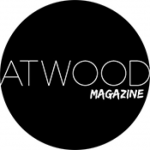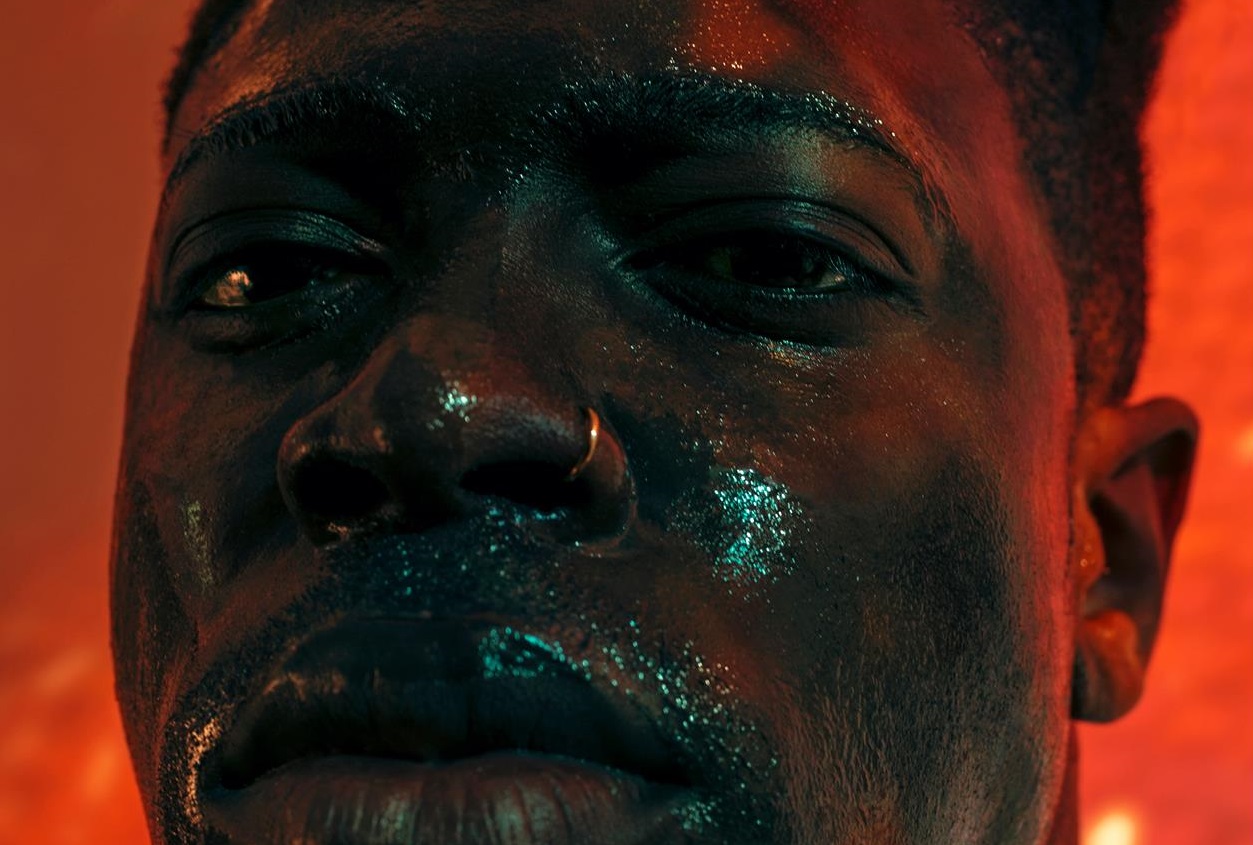While mashups have long existed outside of the realm of popular music, this subculture of music exhibits some of the most unique versions of fandom seen in music.
Stream: ‘ANDRÉ’ – André 3000 & Tyler, The Creator
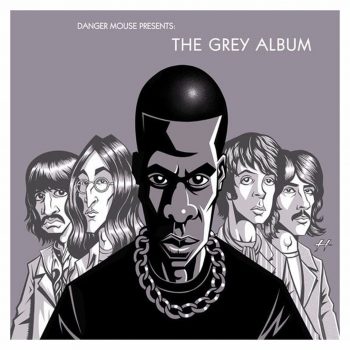
In 2004, DJ and producer Danger Mouse released one of the most interesting underground projects in recent history. His mashup album The Grey Album mixed vocals from Jay-Z’s The Black Album with chopped up instrumentals from The Beatles’ The White Album. As one of many millions of people who think The Beatles’ music is untouchable, I feel comfortable saying: We were wrong.
The album captures the beauty of The Beatles’ album while still being the talk-your-shit experience of Jay-Z’s. Aside from the choice of artists, though, this was by no means a revolutionary idea. Not only has everyone thought about what their favorite artists would sound like together, but this mashup style had existed in clubs and on radio shows for years. However, it was one of the most popular mashup albums ever released, reaching into popular conscience more than any other project of its kind.
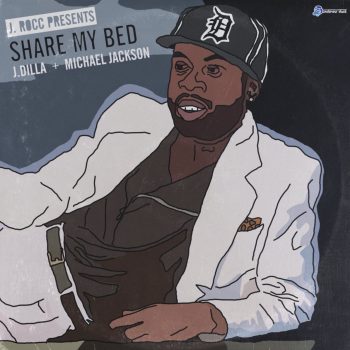
For J. Rocc and DJ Critical Hype (DJCH), two of the most interesting artists in the mashup game today, mashups, or blends, are a vital part of their musical lives. For J. Rocc, host of an LA radio show on KPFK 90.7 FM and mind behind a J Dilla and Michael Jackson mashup album named Share My Bed (its name hilariously coming from an infamous Michael Jackson interview), “There’s an art to it…it’s definitely a lot harder than people give credit for…There are a lot of factors… You got to find stuff that compliments, you can’t just mashup stuff to do it.”
This was seconded by DJCH, a DJ who most recently created a project called André which blends André 3000 verses with Tyler, the Creator beats. He contended that the exploratory phase of mashups is easy, but the nitty gritty details of the production are a minefield of potential issues. Even some of the most potentially interesting combinations can fall flat: “I was like, ‘Oh, let me put Travis Scott vocals on DJ Premier beats,’…I mean it’s interesting, it’s definitely a mindfuck, but I don’t think it was actually good enough to continue working on.” As J. Rocc said, “You’re mashing up beloved songs… so, if you’re going to do it, you got to do it to a point that it sounds real good or it’s something people haven’t thought of doing.” He went on, saying, “The Share My Bed thing, there were a few things I took off… ‘Yeah, this just doesn’t make the cut because it doesn’t sound good.’”
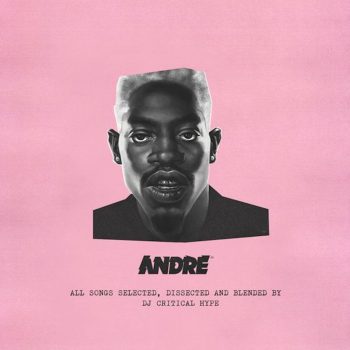
While mashups have long existed outside of the realm of popular music, this subculture exhibits some of the most unique versions of fandom seen in music.
Its scene is full of musicians who express their artistry through the sounds of others. People like J. Rocc and DJ Critical Hype are two of those individuals keeping the mashup genre’s steady underground momentum rolling. Whether projects are posted on Bandcamp or are performed live, one of the hallmarks of mashups is how they alter your perspective on popular music. Take J. Rocc’s Share My Bed, for example. You would never think Michael Jackson’s vocals would sit seamlessly over hip-hop beats, but Rocc mixed Jackson’s lush vocals with the equally effortless beats of J. Dilla, somehow making it work. And DJCH’s André brings together two artists that you could only dream would collaborate, but that doesn’t make any of the songs less surprising to hear.
In his book Songbook, Nick Hornby discusses the Avalanches’ song “Frontier Psychiatrist” from their debut album Since I Left You. What stood out to Hornby about this song was the Avalanches’ inventive use of other peoples’ work, with the entire song built out of samples. He finishes the chapter saying, “All you need is software, a pair of ears, and great taste: finally, the true genius that is fandom has been recognized.” The song’s appeal was less about what the Avalanches did and more about how anyone could conceivably do their sample-heavy style. These sounds were out there to be mined, it was just a matter of who was willing to go and find those combinations. All you needed was the ear.
This is one of my favorite parts of the mashup scene. It frames music in a new way, and, in some deranged way, makes me feel like I could do it too. Especially with all of the technology available to the listening public, it has never been easier to try your hand at mashups. J. Rocc seconds this, saying, “With all these DJ programs, and all these other plug-ins and stuff, you can make your own a capellas.”
Finding unhindered a capellas is an eternal struggle for mashup artists, but it’s still tricky even if this roadblock is removed. Either way, though, it’s a unique experience getting to throw together some of the music’s most beloved artists. As DJCH said, “I’m trying to bridge the gap between different generations of fans… I want to, like, mess with peoples’ heads a bit,”; he then brought the conversation back to Danger Mouse’s The Grey Album saying this was penultimate example of that. “I would dig into anybody’s catalog, no matter how iconic or how masterful their projects or their music was. I don’t think anyone is untouchable. I like the challenge so I’m definitely not going to shy away from it if it’s hard.”
In a way, one of the most liberating, if frustrating, aspects of making mashups is how absent the presence of money is.
Both J. Rocc and DJCH admitted little money was in the recordings. If anything, that can be a pitfall for some artists. As J. Rocc put it, “Definitely not a lot of money in mashups…It’s really for the appreciation…It’s not like it’s my beats or me singing, so it’s not something I can go and sell to a major label…It’s such a grey area with all the copyrights for all that stuff…Just try to keep it as low key as possible, and hopefully people understand I’m not paying rent with it.” For DJCH though, the goal is a little different, “I kind of, like, had a realization one day that I was like, you know what, I need to take cover more seriously. I need to brand myself. So that’s why that’s when I started combining, like, one artist or one producer.” But even he admits André is the first time making any money off of these projects, and that’s only from merchandise. The reason I say the lack of money in mashups is liberating is because only passion drives these projects. When you have no incentive to push artists together for money, why not just combine the stuff you actually want to hear? For instance, someone J. Rocc put me on to is Amerigo Gazaway, a mashup artist who has done projects combining Nina Simone and Lauryn Hill, Common and Stevie Wonder, and BB King and UGK. His discography is a treasure trove of combinations you never thought to ask for – combinations only he sought out to create.
In a world of subreddits and rabbit holes, mashups are a trend to fall into. As many artists as any one person may like, YouTube, Soundcloud, Bandcamp, and Audiomack probably have a community to match. What makes the trend seem so accessible is exactly what Hornby referenced in Songbook: “the true genius that is fandom has been recognized.” Anyone could imagine what André 3000’s verse from “Int’l Players Anthem” would sound like over Tyler, the Creator’s “A BOY IS A GUN*” beat, and a J Dilla and Michael Jackson collaboration is as random and fitting as The Grey Album, but DJ Critical Hype and J. Rocc actually had the drive to make these happen. Any fan could conceivably do what they do, it’s just a matter of having the ear and the will.
That idea of “anyone could do this” is one of the major misconceptions and wonders of the world of mashups.
While I’m a measly music writer, as Kurt Vonnegut said, “Virtually every writer I know would rather be a musician.” I could imagine what a Biggie Smalls and Madlib mashup would sound like, but am as close to doing that as I am writing the next “Yesterday.” What I admire about the accessibility of mashups, though is the belief it brings. While I can imagine how I would construct that Biggie and Madlib album, I know in my heart I am an aggressively mediocre guitar player at best. Mashups put fans in the driver’s seat. Fans that are musicians, yes, but fans all the same. In a music industry captivated by predicting the next wave, you can never say people like J. Rocc and DJ Critical Hype don’t love their craft. These are musicians and artists who not only understand their work, but the work of countless other musicians. In doing so, they create new worlds filled with the collaborations you’ve only ever found in your dreams.
— — — —
Connect to us on
Facebook, Twitter, Instagram
Discover new music on Atwood Magazine


